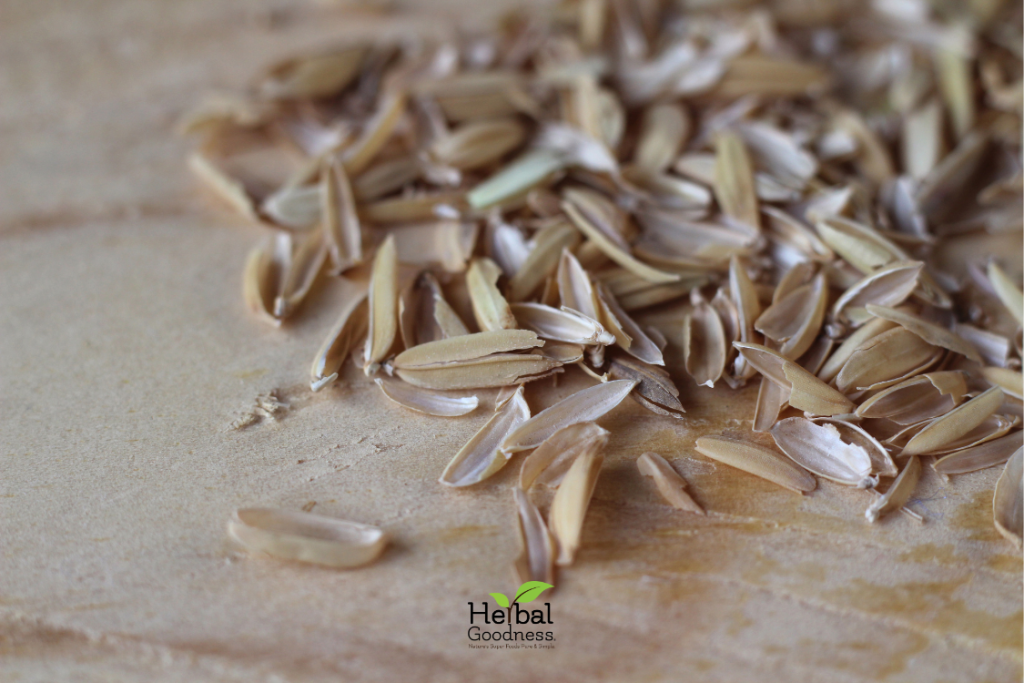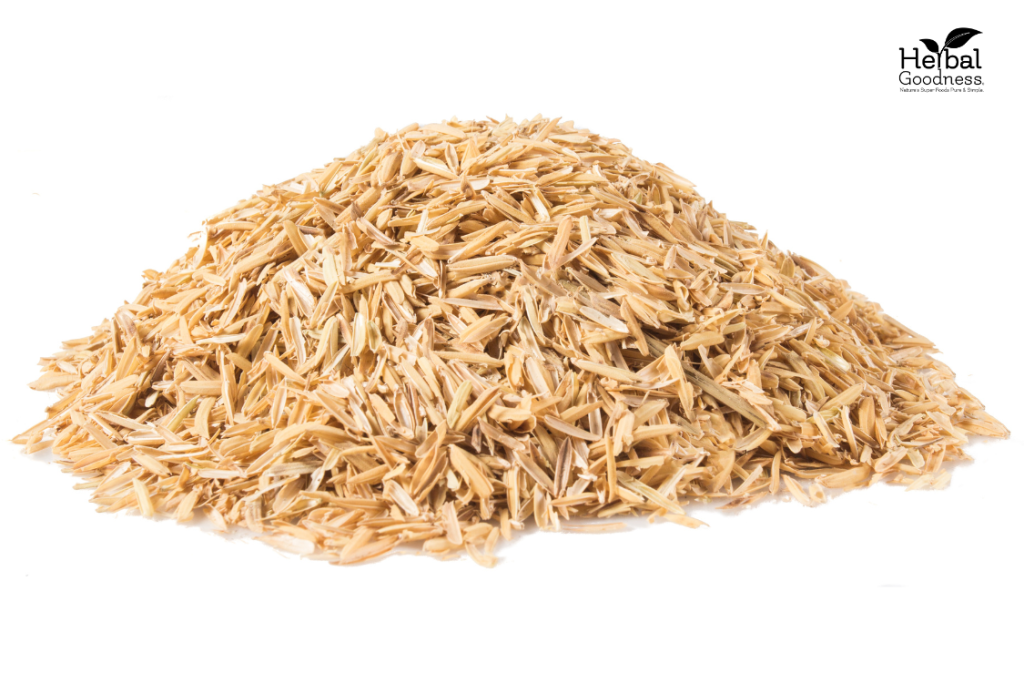
Rice hull concentrate, a byproduct of rice milling, is gaining attention for its potential to support sustainable agriculture. Studies have shown that this natural material can help improve soil health. It can boost plant growth, making it a valuable addition to farming practices.
From the outer layer of rice grains, rice hull concentrate is rich in silica.This mineral strengthens plant cell walls and enhances resistance to pests and diseases. Research indicates that incorporating rice hulls into the soil can help alleviate nutrient deficiencies and promote robust crop development.
Moreover, rice hull concentrate is an eco-friendly alternative to synthetic fertilizers. Its use can reduce the reliance on chemical inputs, supporting a healthier ecosystem and mitigating environmental impact. This aligns with the growing demand for sustainable and organic farming methods.
The Benefits of Rice Hull Concentrate
Using Rice Hulls in Farming
“Rice hulls, the protective outer layers of rice grains, primarily serve agricultural and industrial purposes. Additionally, their derivative, rice hull fiber, may offer potential health benefits.”This fiber can be a source of dietary fiber when included in food products. Observational studies suggest that dietary fiber from cereals, such as rice hull fiber, reduces the risk of developing conditions like type 2 diabetes, obesity, and cardiovascular disease.

Rice Hull Fiber in Diets
Note that people do not typically consume rice hulls directly because of their hard and indigestible nature. Instead, processors turn them into a form suitable for adding to foods to increase fiber content. This fiber from rice hulls contributes to overall dietary fiber intake, essential for digestive health and associated with various health benefits.
Although rice hulls serve various purposes in gardening and industry, researchers have not well-documented their direct health benefits when consumed. Typically, they are not regarded as a food product. It’s always best to consult with a healthcare provider or a nutritionist for personalized health advice.
Rice Hulls in Water Purification
In addition to agricultural benefits, researchers have explored rice hull concentrate for its role in water purification and as a renewable energy source. Its absorbent properties can help remove impurities from water, while its calorific value makes it a promising candidate for bioenergy production.
One of the primary ways rice hulls are utilized for water purification is through the creation of biochar. Biochar is an activated carbon and silica-based material. These derivatives of rice hulls have a high surface area and porosity. These are essential characteristics for adsorbing pollutants like dyes, heavy metals, and microbes from water.
Moreover, the high carbon content and low ash content of carbonized rice hulls (CRH) make them excellent raw materials for producing activated carbon, which is widely used in water purification to filter out contaminants.
Industrial Applications of Rice Hulls
The versatility of rice hull concentrate extends to various industries. It can be used as an insulating material in construction. As a bedding material that supports animal welfare in animal husbandry.
As the world seeks solutions for sustainable living, rice hull concentrate stands out as a multifaceted resource that can help pave the way for a greener future. Its potential to enhance agricultural practices, protect the environment, and contribute to renewable energy highlights the importance of harnessing natural byproducts for the betterment of society.
Conclusion
In summary, rice hull concentrate is more than just a waste product. It’s a key player in the movement toward sustainable development. With ongoing research and innovation, its applications may continue to expand, offering new possibilities for a world in need of sustainable solutions.
Its adsorption capabilities and potential for transformation into various materials enable it to efficiently remove a wide range of pollutants, contributing to cleaner water and a healthier environment.


